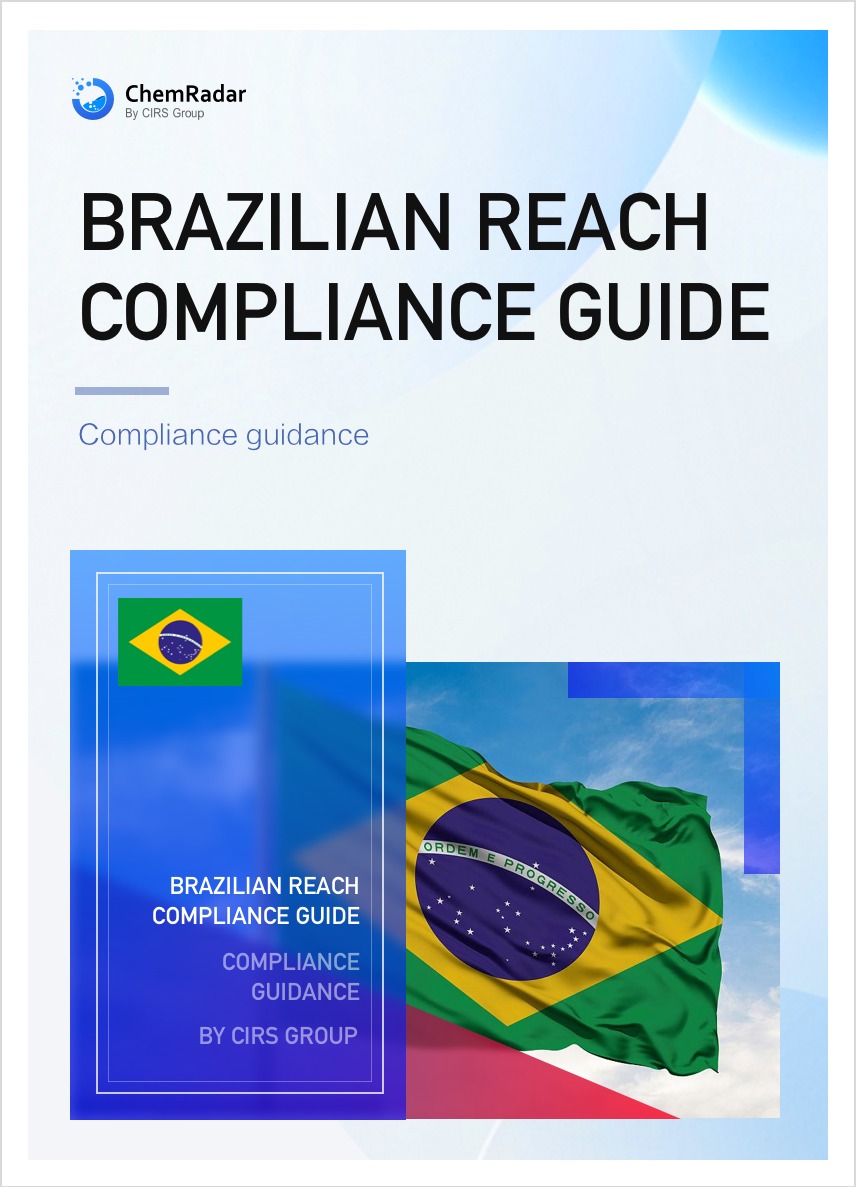I. Overview
Brazil's REACH Regulation (Law No. 15.022/2024) officially came into effect on November 15, 2024. It is a critical piece of legislation formulated by Brazil to strengthen the management of chemical substances. The regulation aims to conduct comprehensive assessments and risk controls on chemical substances produced, used, or imported within Brazil to mitigate their potential risks to human health and the environment.
The legislative journey of Brazil's REACH Regulation began with the submission of Bill No. 6120/2019 in 2019. After multiple rounds of deliberation and revisions by the Brazilian Chamber of Deputies and Senate, the bill was finally approved by the Senate on October 15, 2024. Subsequently, the President of Brazil officially signed and promulgated Law No. 15.022/2024 on November 15, 2024, signifying the official implementation of Brazil’s REACH Regulation.
To better implement regulatory requirements, Brazil plans to develop a new chemical registration system platform within the next three years to enhance the efficiency and transparency of chemical management. The enforcement of this regulation will have a profound impact on Brazil’s chemical industry, compelling enterprises to prioritize chemical safety management and driving sustainable development within the sector.
Link to the Official Regulation Text:
https://www.planalto.gov.br/ccivil_03/_ato2023-2026/2024/lei/l15022.htm


